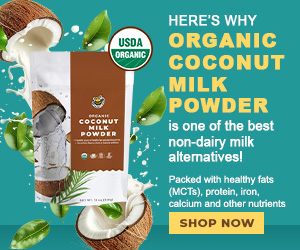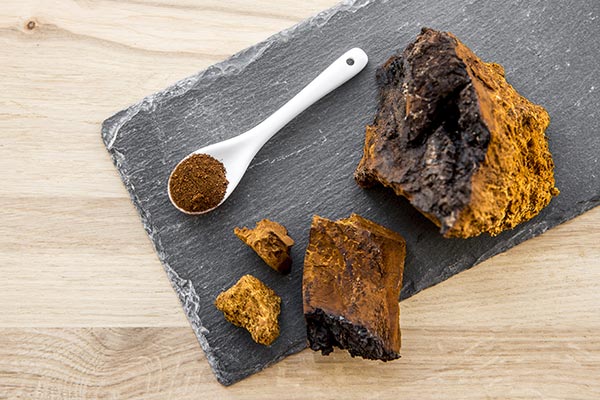
Eating foods without cooking them first isn’t as simple as just tearing off raw meat from the bone using nothing but teeth and bare hands, far from it. What nutritionists refer to as a raw-food diet consists of foods our ancestors used to find in the wild, such as fruits, vegetables, seeds, nuts, legumes, meat and fish.
Granted, we learned to cook to protect our foods from spoilage and pathogens, so it might seem a bit backward to go back to eating raw foods. But given the abundance of sweets, fried foods, processed meats and refined grains in our markets, going back to healthier, more natural food options might be long overdue.
The benefits of eating raw foods
Give the stove a break. Take a look at the economic and nutritional benefits of eating raw foods:
- Raw foods contain more nutrients – Raw foods contain a host of nutrients including proteins, fats, fiber, minerals, vitamins, antioxidants, enzymes and plant chemicals. All in all, these nutrients provide optimal nourishment to power important cellular processes like digestion and metabolism.
- Eating raw foods reduces health risks linked to salt and sugar consumption – Raw foods often taste better than cooked ones, so there’s no need to add more salt or sugar. These two ingredients are the culprits behind some of the most common health complications like high blood pressure and high blood sugar.
- Raw foods take less time to prepare – Never spend more than 15 minutes in the kitchen again. Raw foods take almost zero time to prepare. Just rinse them under running water and serve.
- You avoid common kitchen accidents – No more heat and tedious prepping methods means no more kitchen injuries like oven burns, cuts and falls.
- Eating raw foods leads to less food waste – One of the best things about eating raw foods is reducing food waste. Just chuck leftovers in the compost bin, or leave them outside for the birds and squirrels.
- Eating raw foods reduces the risk of chronic diseases – Thanks to their high nutrient content, raw foods help reduce the risk of chronic diseases like heart disease, diabetes and cancer.
- A raw-food diet protects against acute diseases – Eating raw foods on a regular basis also helps protect against acute diseases like common colds and pneumonia.
- Raw foods are better for digestion – Raw foods are loaded with fiber, and eating more fiber has been shown to enhance digestion and boost metabolism.
- Producing raw foods saves natural resources – Raw foods don’t require processing like conventional foods. In fact, people can grow their own foods through organic gardening. Over time, upholding sustainable food production methods can help save some of earth’s natural resources used to power food factories.
- Raw foods save money– A raw-food diet is economic and sustainable in various aspects. For instance, cooking less can lead to reductions in both electric and water bills. Having an edible garden also helps cut back on groceries and food costs.
How to prepare raw foods for consumption
There’s no doubt that raw foods are the best option when it comes to diet and nutrition. But because raw foods aren’t being treated with heat, it’s important to take extra precautions when preparing them for consumption.
To prepare raw foods, rinse them well under running water. This step alone removes up to 98 percent of the bacteria on the food. Rinsing also helps get rid of soil bits stuck to fresh produce.
Washing meat, on the other hand, neutralizes strong odors and gets rid of blood on the meat itself. That said, some foods spoil faster once rinsed. As a rule of thumb, rinse just enough foods to cover a meal and leave the rest untouched.
Eating a balanced diet full of fresh fruits, greens, nuts and seeds opens up a host of health benefits, from enhanced digestion to better heart health. Just be sure to clean the ingredients beforehand to prevent bacterial infections.
Read more articles about the health benefits of raw foods and plant-based diets at RawFood.news.
Sources:




























